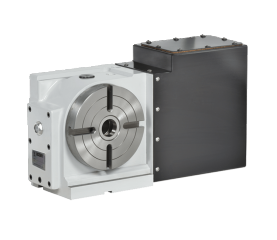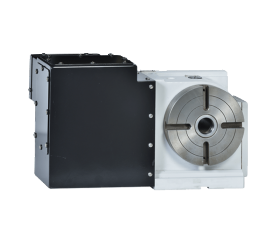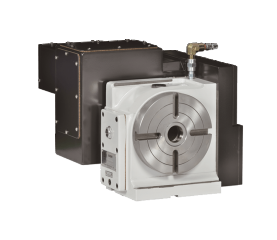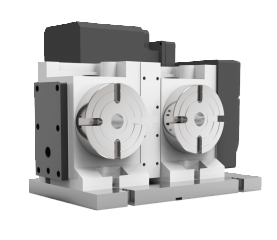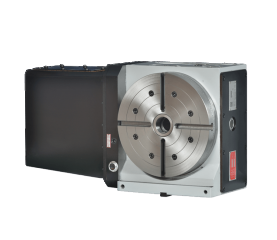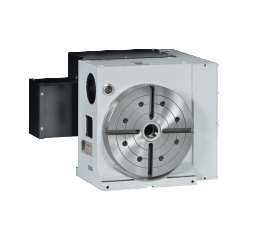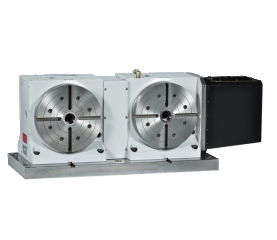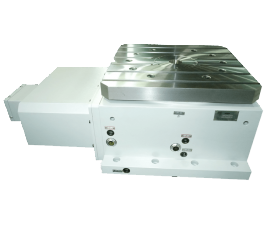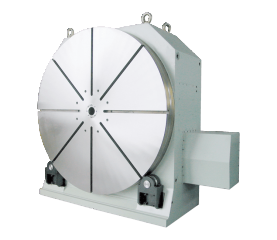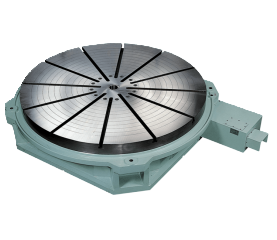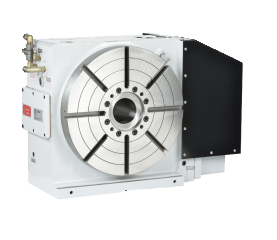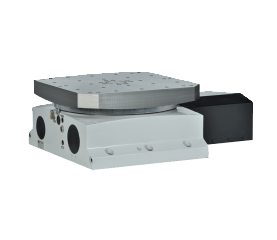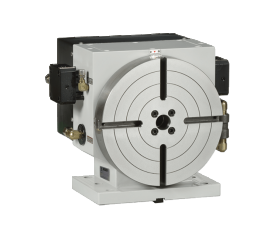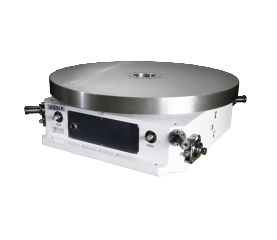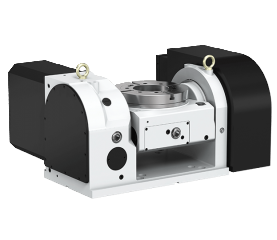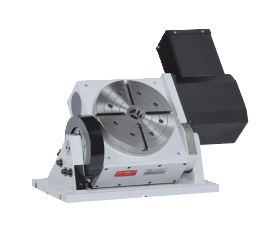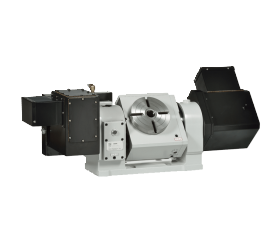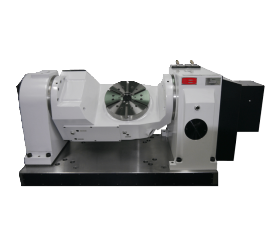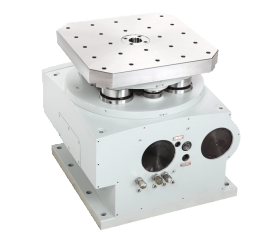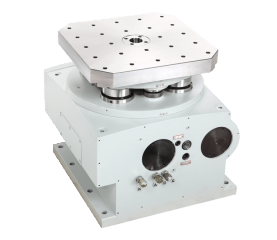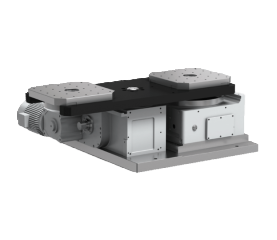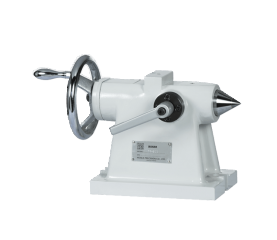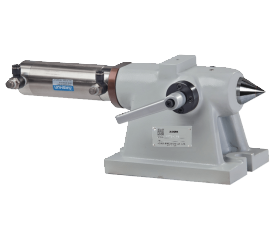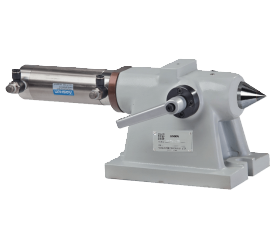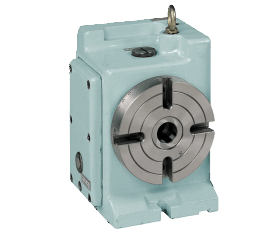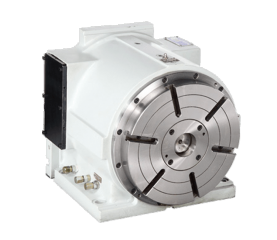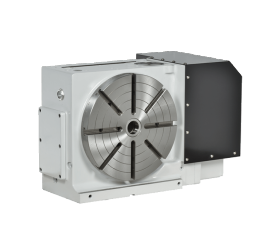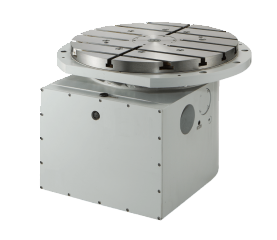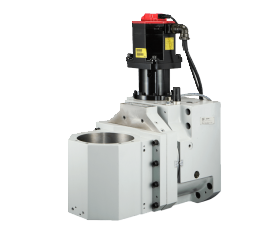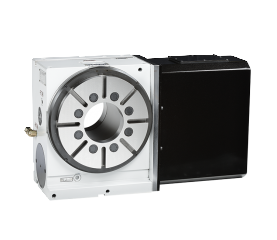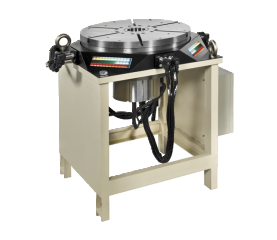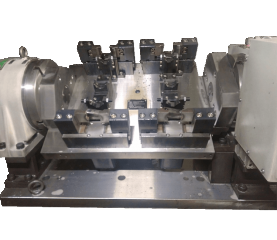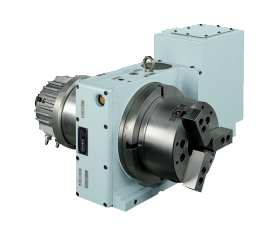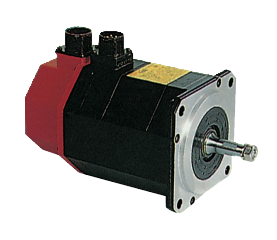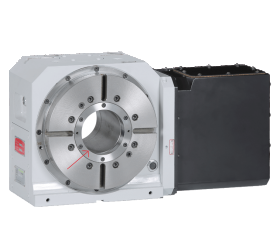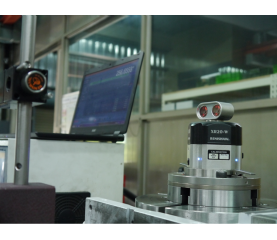Reaching Net-Zero Emission with the Power of Factory Automation and AIoT Solution
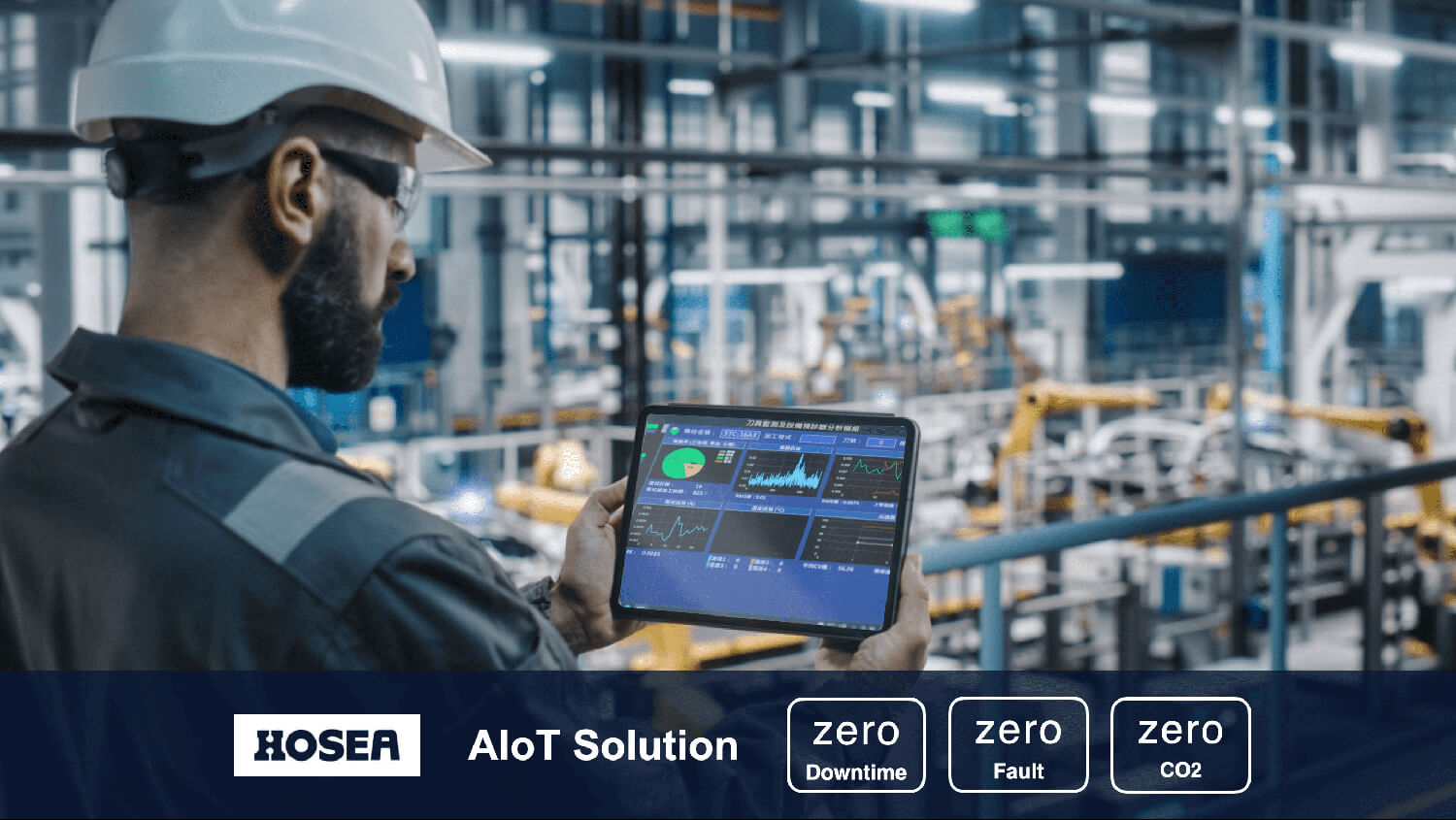
(HOSEA’s AIoT solutions empower the industry with integrated precision manufacturing achieving near zero downtime, zero faults and zero carbon emissions.)
In the dynamic world of manufacturing, machinery factories stand as the beating heart of industrial progress. These facilities, responsible for the production of an array of essential goods and equipment, have been witnessing a whirlwind of changes in recent times. As we move further into the 21st century, new technologies, evolving consumer demands, and global shifts are reshaping the landscape of production within these factories.
One of the most pressing trends shaping the future of manufacturing is the imperative to achieve net-zero carbon emissions by 2050. In response to this ambitious and critical goal, machinery factories are turning their focus towards intelligent automation, AIoT (Artificial Intelligence of Things), and other innovative approaches to move towards the future trend of manufacturing - factory automation.
Being one of the leading brands in the machining industry, HOSEA deeply understands the importance of incorporating innovative technologies into the production process. AIoT has the potential to empower the industry with smart manufacturing capabilities, facilitated by predictive maintenance, which in turn helps attain near-zero downtime, zero faults, and zero carbon emissions. In this article, we will start with the global trend of net-zero carbon emission to explore how factory automation can help achieve such environmental goals, and to discover what benefits the AIoT solution of HOSEA can bring to the machining industry.
Net-Zero Carbon Emission by 2050
To prevent the worst impact brought by climate change, the research has shown that the global temperature increase needs to be limited to 1.5°C above pre-industrial levels. With an aim to reach this goal, the United Nations have set up a net-zero emission resolution by 2050.
What is Net-Zero Emission?
Net-zero emissions refer to the balance between the amount of greenhouse gases emitted into the atmosphere and the amount removed or offset. The total emissions produced by human activities, such as burning fossil fuels, deforestation, and industrial processes, are equal to the amount of greenhouse gases removed from the atmosphere through various means, such as carbon capture and storage, reforestation, or the use of renewable energy sources.
How to Achieve the Net-Zero Carbon Emission Goal?
Achieving the ambitious goal of net-zero carbon emissions demands innovative solutions, and one such groundbreaking approach is the integration of AI and IoT, culminating in AIoT, or Artificial Intelligence of Things.
AIoT's real-time decision-making capabilities, continuous improvement of machine learning models, and cost-effective data transfer have opened new avenues for progress. By further advancing AIoT, we can revolutionize energy distribution and create smart factories that are managed in a sustainable manner. Through the seamless interconnectivity of devices and data-driven insights, AIoT can play a pivotal role in driving the machining industry towards a future where carbon emissions are reduced to net-zero, forging a path towards a cleaner and more sustainable planet.
In addition to AIoT itself that helps reduce carbon emissions by offering real-time monitoring and predictive algorithms, automated factories will be the futuristic ideal form of manufacturing plants that will lead the industry to go further on the path to climate neutrality.
What is an Automated Factory?
Automated factories, also known as “smart factories,” operate autonomously with minimal human involvement. The name implies that robots, with their programmed duties, can perform many tasks even in the absence of human oversight. The implementation of robots allows these factories to operate continuously without the need for heating or cooling, ensuring uninterrupted production.
A key feature of automated factories is their holistic approach, where all components rely on each other for seamless operation. This demands compatibility between equipment and software, necessitating complete automation of the system. Automation not only enhances compatibility but also reduces quality-related issues. With robots completing tasks accurately and consistently at a faster pace than humans, the overall product quality remains consistently high.
Companies adopting the factory automation approach often use tech stacking, leveraging a combination of various technologies to build applications. The integration of robotics, cloud data, AIoT, edge computing, and machine learning fosters automation and digitalization within the factories, meeting the essential requirements for successful automated operations. There is a straightforward method to upgrade to AIoT equipment: by connecting to HOSEA's SMB, we can assist you in establishing a seamlessly integrated manufacturing process.
By embracing the factory automation model through advanced automation and tech stacking, manufacturers can achieve greater efficiency, reduced downtime, and significant cost savings. This innovative approach paves the way for the factories of the future, where sustainable and streamlined production is driven by cutting-edge technologies and minimal human intervention.
Requirements for Automated Manufacturing
Automation lies at the core of the future of manufacturing, where advanced technologies like robotics, AI, and computer-controlled systems execute production processes autonomously, reducing the need for human intervention. This shift towards automation enables factories to operate continuously, sometimes 24/7, without significantly increasing labor costs.
Digitalization plays a pivotal role in optimizing production efficiency, productivity, and flexibility. By leveraging cutting-edge technologies like AIoT, big data analytics, and cloud computing, manufacturing facilities become more innovative and efficient. The advantages of digitalization are evident in reduced emissions, waste, and more efficient consumption of energy, water, and raw materials.
Apart from automation and digitalization, the followings is other critical techniques that are applied in the future factories:
-
Robot learning, a crucial aspect of automation, allows robots to perform tasks repetitively and flawlessly. AI and computer science enable robots to learn from their experiences, improving their accuracy consistently and replicating human-like actions.
-
Process integration and AIoT. The process of integrating digitalization is simple. All the process begins with people, including customers, clients, and employees. Data collection is crucial during the process, and the implementation of AI in IoT facilitates smoother integration and data gathering. The insights gained from the data guide effective integration of digitalization. Taking action based on these insights, factories can undergo transformation, and the results are evaluated to fine-tune the digitalization process.
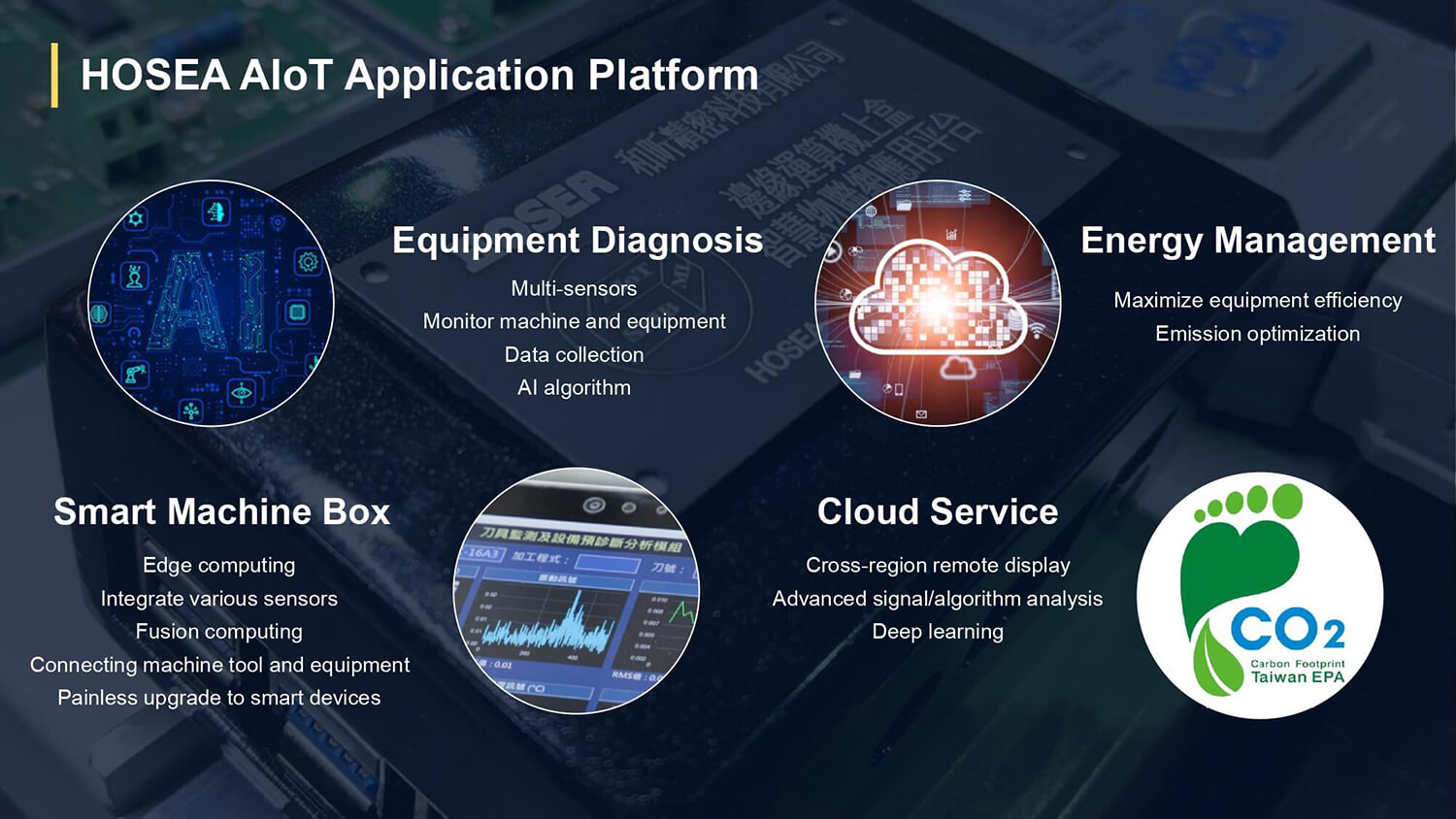
(HOSEA’s AIoT Solution achieves smart manufacturing with four pillar features: SMB edge computing, equipment diagnosis, cloud service, and energy management.)
Achieve Net-Zero Carbon Emission with HOSEA’s AIoT Solution
With more than 55 years in the CNC machining industry, HOSEA hopes to become a pioneer in reducing carbon emissions by offering AIoT solutions for the industry to achieve near-zero downtime, zero faults, and zero carbon emissions. As the trend of smart manufacturing is leading the industrial revolution, our AIoT solutions can be a solid foundation for creating automated manufacturing environments with the following pillar features:
-
SMB Edge Computing integrates multiple sensors, performs information fusion computation, and connects machine tools and devices, realizing painless upgrades to smart devices.
-
Equipment Diagnosis incorporates multiple sensors to collect data, enabling the monitoring of equipment status with AI algorithms.
-
Cloud Service allows remote display, advanced signal analysis, and deep learning that provide real-time notifications to the client for any malfunction of the equipment connected to the sensors.
-
Energy Management allows for optimal equipment efficiency and optimizing the reduction of carbon emissions.
In response to the imperative of achieving net-zero carbon emissions by 2050, the manufacturing industry is undergoing a transformative shift. Embracing intelligent manufacturing, AIoT, and factory automation, the machining industry is propelling towards a future of sustainable and efficient production.
In this landscape, HOSEA, a leading rotary table brand in the machining industry, offers a cutting-edge AIoT solution that serves as a solid foundation for near-zero downtime, zero faults, and zero carbon emissions. By integrating AIoT's advanced features, HOSEA paves the way for a greener, more sustainable future of manufacturing.
Contact us to unleash the power of AIoT in your machining process.

